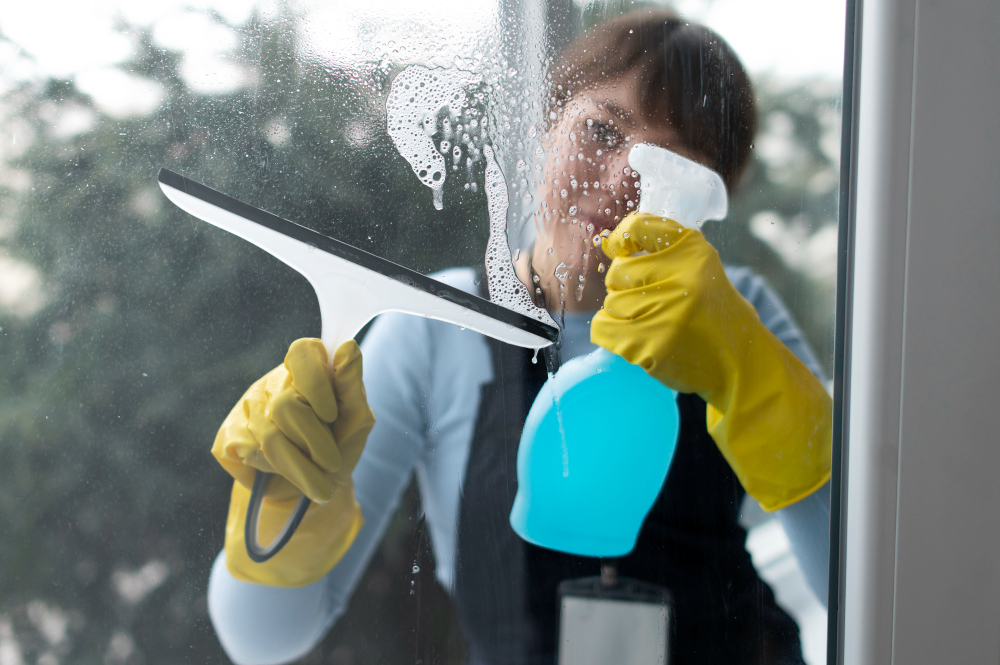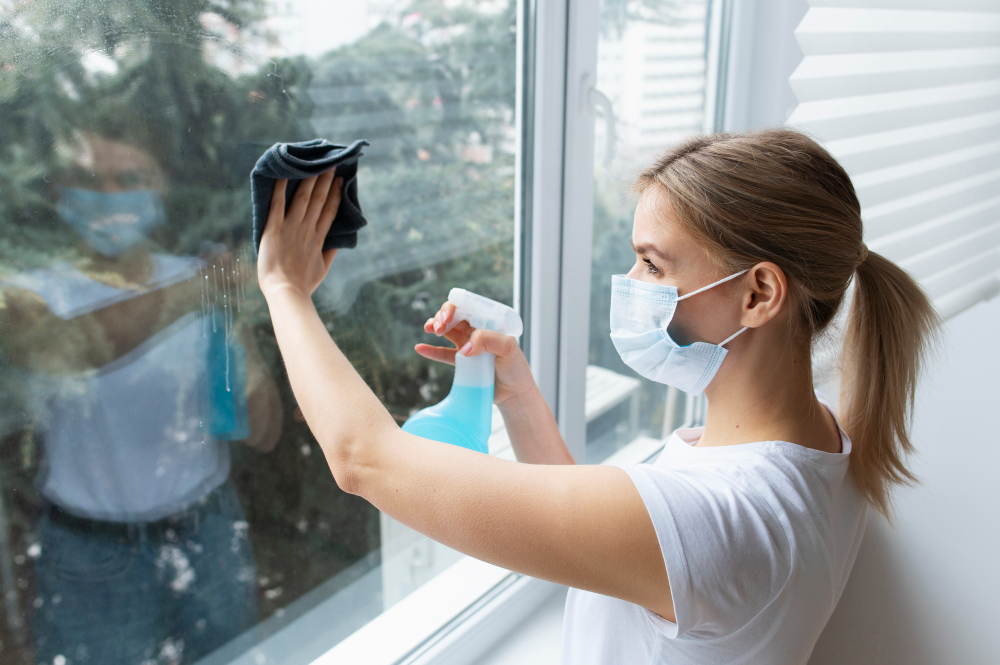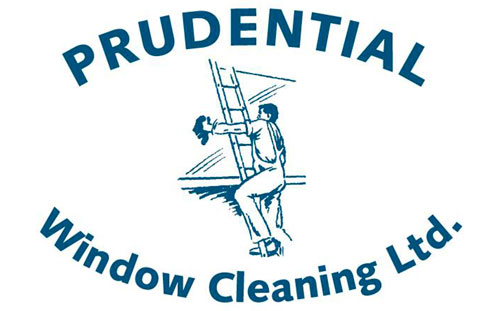Proper disposal of window-cleaning wastewater is vital to safeguard the environment and comply with regulations. The wastewater may contain cleaning chemicals and contaminants that can harm aquatic life and water sources if not handled responsibly.
Best Practices:
To ensure responsible disposal, use containment systems like water-fed poles or absorbent materials to capture and contain wastewater. Minimize water usage by adopting efficient cleaning methods and tools and limit the use of harsh chemicals by opting for eco-friendly, biodegradable detergents.
Can window-cleaning wastewater be discharged into storm drains?
No, it is generally not permitted. Discharging into storm drains can harm ecosystems. Always check local regulations and obtain necessary permits before disposal.
How should I dispose of collected window-cleaning wastewater?
Filter and separate solids, dilute with clean water if your solution is non-toxic, and dispose of treated wastewater at approved facilities following local regulations.
What consequences can arise from improper wastewater disposal?
Improper disposal can result in environmental harm, regulatory fines, and damage to your business reputation. Responsible disposal not only safeguards the environment but also reflects positively on your commitment to sustainable practices.
Always consult local environmental authorities to stay informed about specific regulations in your area.








